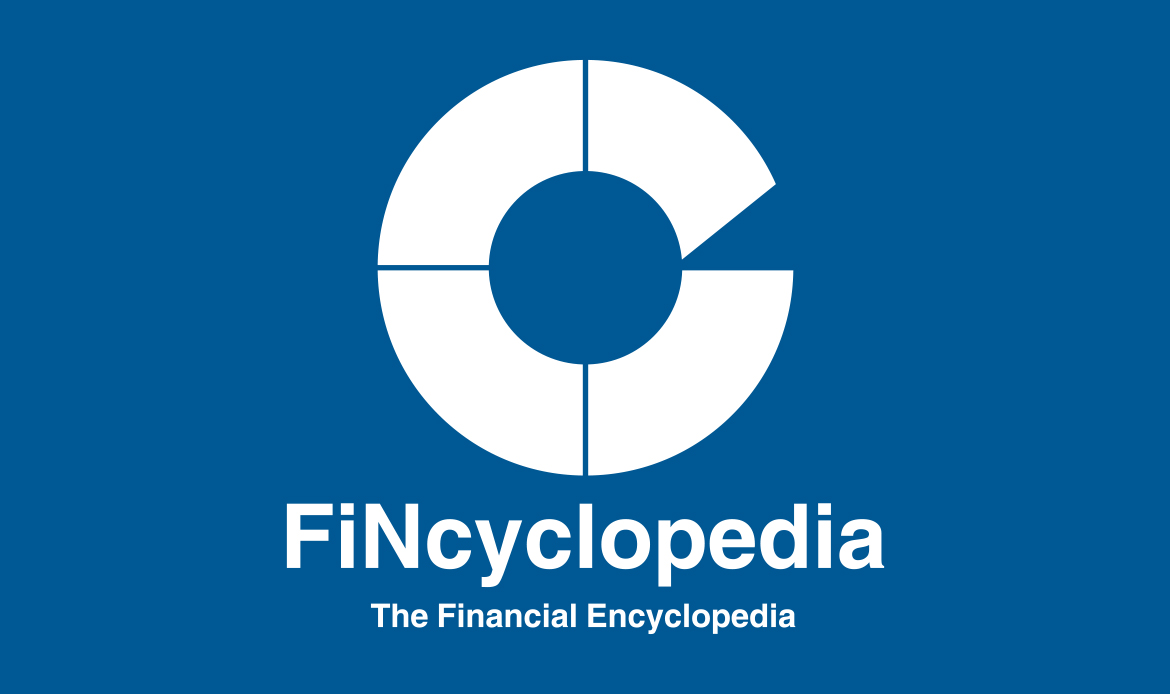The short-term interest rate that is charged by banks to their most creditworthy, financially sound customers, i.e. customers who have sufficient capital and stable sources of income. In the U.S, The prime rate is defined by The Wall Street Journal as “the base rate on corporate loans posted by at least 75% of the nation’s 30 largest banks.” All types of lending institutions such as banks, credit unions, credit card companies, thrifts, etc, use the prime rate as a foundation rate for pricing short- and medium-term loans and products.
Providers of consumer and commercial loan products often use the prime interest rate as a base lending rate, to which a profit margin is added based on the amount of risk associated with a specific loan. The prime rate is typically tied to the benchmark internet rate (in the U.S, the Federal Funds Target Rate or the Fed Funds Target Rate). In other words, the U.S prime rate is calculated by adding up the Fed funds target rate and a policy-determined rate which is set officially by central banks or monetary authorities. The policy-determined rate has been set, since Q2 1994, as a rule of thumb, at 3%. It follows that the U.S prime rate is (as in February 2012):
Prime Rate= Fed Funds Target Rate + Policy-determined Rate = 0.25% + 3% = 3.25%
In the aftermath of the global financial crisis (2008), many countries lowered their prime rates to zero in order to stimulate the economy and fend off recessionary pressures. Although many interest rates such as the LIBOR index can change daily, the prime rate moves less frequently and is one of the most stable financial values for the global economy. The prime rate is sometimes referred to as prime lending rate, prime interest rate, or reference rate.
In the U.S, it is also known as Wall Street Journal Prime Rate or WSJ Prime Rate.





